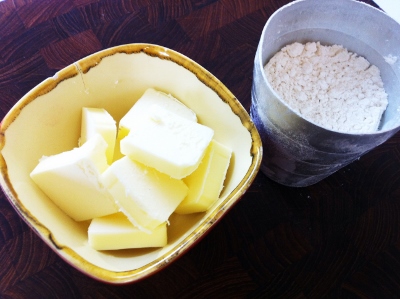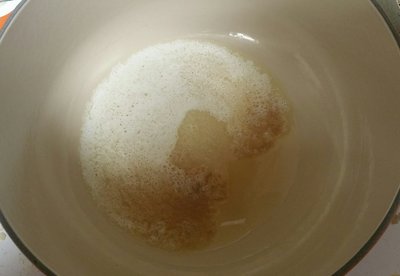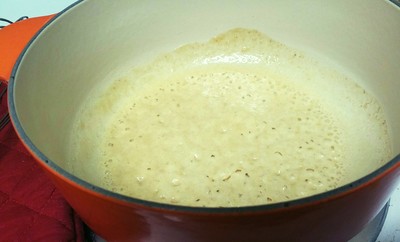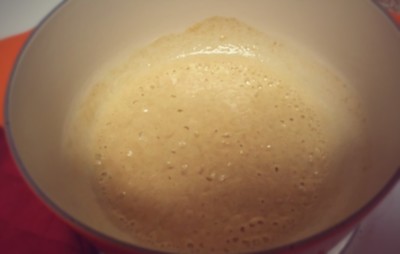How I Finally Learned to Stop Screwing Up the Roux: A Step-by-Step Guide
Photos by Amy McCarthyI am really, really bad at making roux. Or at least I used to be.
My first experience with roux was as a child. My mom used dark roux, the oily, flavorless crap that comes from a jar, occasionally while making gumbo. Dark roux can take hours to cook, and isn’t always practical when you’re trying to feed a family. When made properly, dark roux can add incredible richness and depth to sauces and gravies. When made poorly, it should be promptly deposited into the nearest trash can.
Since I don’t often make Cajun dishes — I don’t even like gumbo — I’m usually making light (or blonde) roux, the kind that you use in a béchamel sauce or, if you’re Southern, white cream gravy. I still make roux a little darker than a traditional blonde roux, but only because that added browning brings an even stronger flavor punch. It may make my béchamel a little darker, but it’s also a hell of a lot tastier.
In order to perfect this recipe, I have read one zillion tutorials from famous chefs, the ones that tell you to accurately measure out the flour and let the milk proteins bubble away from the butter before you mix the two together. Still, more often than not, I would inevitably scorch the first batch of roux when making sauces in my first few years of cooking.
And that’s a real pain in the ass. Not only do you have to scrape what is virtually hot, greasy wallpaper paste out of your favorite skillet, but you also have to start all that meticulous measuring and butter-watching all over again. But when you see that flour and butter start to come together into a beautiful, golden roux, all that hassle seems worth it.
Now that I can practically make a good béchamel in my sleep, roux is easy to make. Along the way, I’ve picked up a few tricks that make it much more difficult to screw up. This may be a meticulous process, but it’s much better than resorting to cornstarch or goopy arrowroot to thicken your favorite sauces—and that’s why roux deserves a spot in your home cooking repertoire. Here’s how to get it right every time.
Figure out your proportions.



